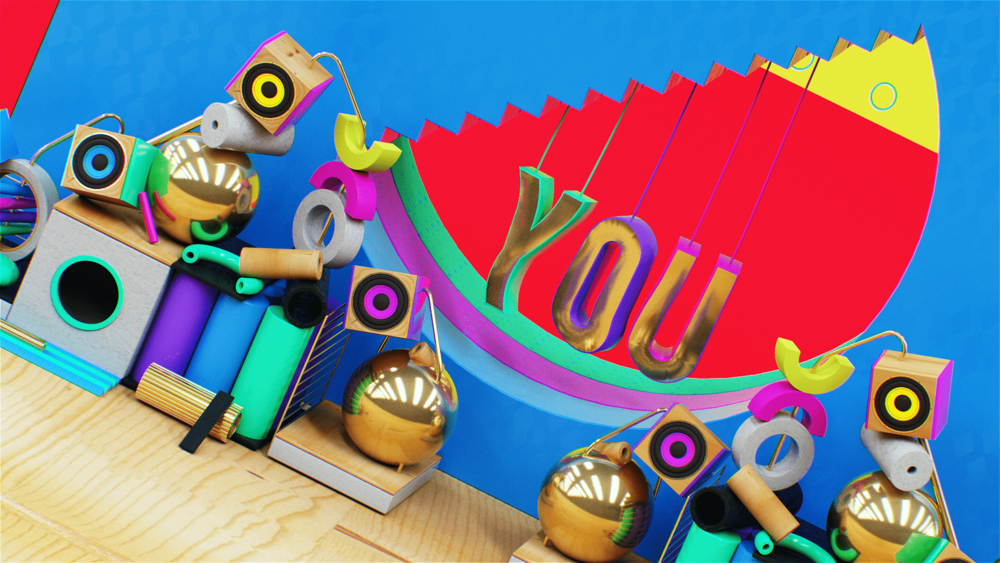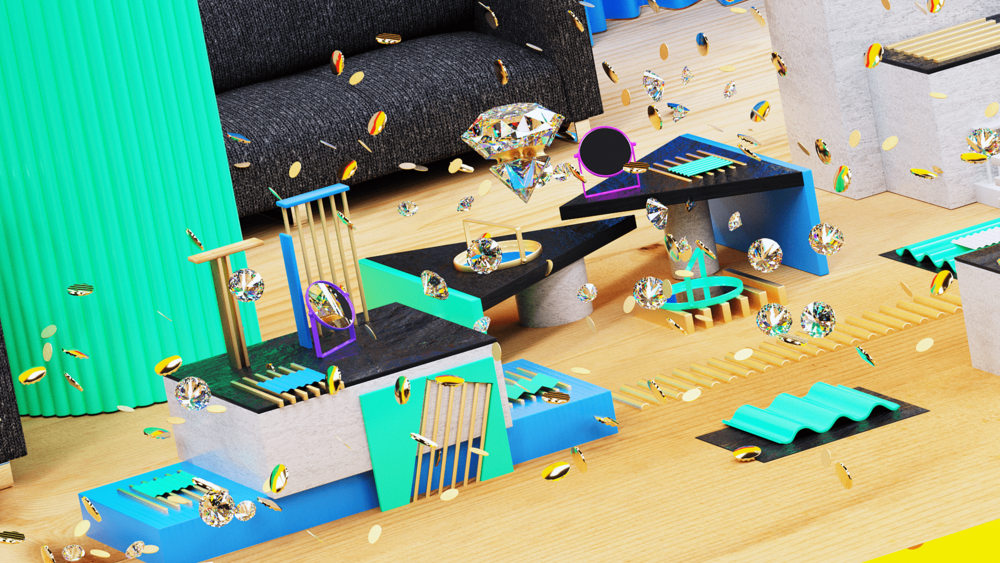Nik Hill has had a hand in some amazing projects. From the visuals for Illenium’s Awake tour to creating UI motion graphics for Marvel’s Guardians of the Galaxy and Blade runner 2049, he’s had a prolific influence in some of the most iconic popular culture.
We sat down with Nik to talk about his latest project, the music video for MJ Cole’s ‘Pictures in my Head’.
Escape Technology: How did the MJ Cole project come about?
Nik Hill: I went for a meeting with Denzyl at Platoon, It was a funny meeting because I thought I was pitching some concepts for a music video and Denzyl thought he was interviewing me for an in-house creative role they had. We had a great chat about a bunch of things surrounding work and creativity and Denzyl suggested that I present some ideas for a new music video project for MJ Cole. I went back to the studio and worked on a concept for the video, made a deck, and wrote some thoughts down, which Denzyl passed on to MJ Cole. They loved the concept and we jumped into the project.
ET: What drew you to the project?
NH: First and foremost, I love MJ Cole’s music. I also love a blank canvas so it was great to have this opportunity to think of a concept without any restrictions. For me that always feels like the most creative part of any project: the ideation process.
ET: What was it like working with MJ Cole?
NH: He was incredibly positive. There were points where I was waiting for him to suggest some fundamental changes, but they never came. He was pleased to see some ideas that reflected his original vision - something that built on the foundation laid by the music itself. MJ was a dream client - he has a great respect for the creative process which translated into the final piece.

ET: What was your inspiration for the video?
NH: The inspiration ultimately came from the music. The track was so upbeat and vibrant so it was clear that the visuals had to be the same. I went through the song’s lyrics and came up with various ideas on how to create visual metaphors for them. That was how the direction came to fruition. Then it was a case of developing the designs we were creating, pushing them forwards with each step of the process.
ET: How much creative control did you have?
NH: 100%. It was great. I kept MJ and the team updated with design frames and progress. They were just happy to let me carry on doing my own thing. It was amazing.
ET: How much of a collaborative effort was the project between you and the other 3D artists?
NH: It was super collaborative. There wasn't enough time to build the assets, animate, texture, and render everything alone so it was vital that I built a strong team. I recruited Adriana “Electra” Mora for her quirky interior geometric style, which I thought was perfect for this project. I also brought on Lauren Galloway, who had previously been a student of mine. Both Electra and Lauren were awesome. Electra would send 3D scenes across everyday, while Lauren was modelling random geometric comps. I then pulled these assets together, textured, lit, animated, and rendered them. The idea was to allow enough creative freedom so the team could inject their own personality, but make sure we were on track and hitting key points.

ET: What was the reason for using GPU rendering over CPU for this project?
NH: It was mainly down to the rendering speed. Rendering 4,896 frames on CPUs would need a significant renderfarm to hit the same deadline. I managed to render the sequence using an Escape Technology GP8, which holds eight of NVIDIA’s flagship graphics cards providing over 28,000 CUDA cores. It allowed for render times of around one minute per frame. GPU rendering is so scalable it seemed the best way to go with building a pipeline. If demand suddenly increases then you can plug in extra GPUs to reduce the total render time. For one of the videos I made for Illenium I rented an eight-way GPU server from Escape Technology and that really helped blast through frames.
ET: How did you make sure you hit the rendering deadline?
NH: I had to be clever with duplicating shots and altering them in 2D. I didn’t want to compromise on quality or have noisy renders. Sometimes you have to design yourself out of these problems. Another way to optimise time was making sure I rendered matte ID passes rather than individual render layer passes, which meant I could add 2D effects to mattes and give the sequence variation. Then, of course, making sure the hardware was stable and running 24/7 to not lose out on valuable render time.
------------------------
To learn more about GPU rendering contact Nick Mathews business development director at Escape Technology